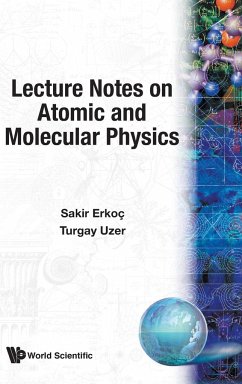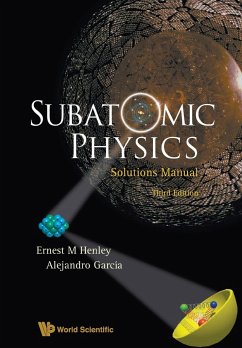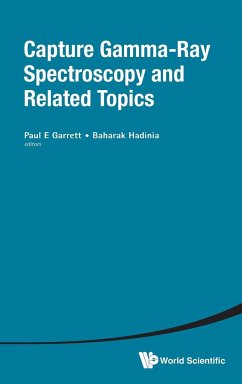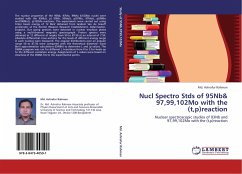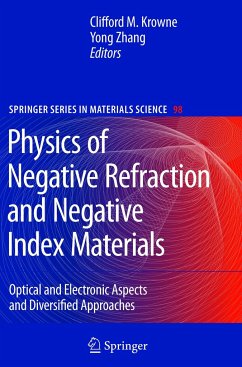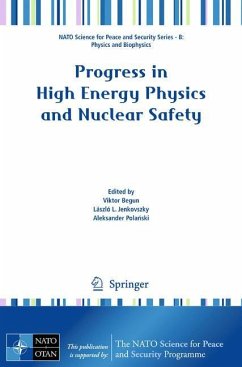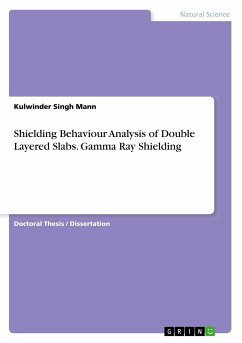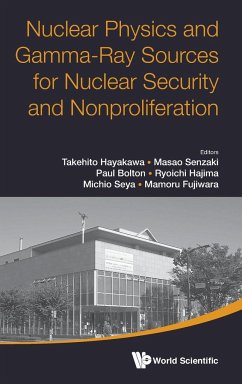
NUCL PHYS & GAMMA-RAY SOURCES FOR NUCL SECURITY & NONPROLIFE
Versandkostenfrei!
Versandfertig in 1-2 Wochen
120,99 €
inkl. MwSt.

PAYBACK Punkte
60 °P sammeln!
Nuclear nonproliferation is a critical global issue. A key technological challenge to ensuring nuclear nonproliferation and security is the detection of long-lived radioisotopes and fissionable nuclides in a non-destructive manner. This technological challenge requires new methods for detecting relevant nuclides and the development of new quantum-beam sources. For example, one new method that has been proposed and studied is nuclear resonance fluorescence with energy-tunable, monochromatic gamma-rays generated by Compton scattering of laser photons with electrons. The development of new method...
Nuclear nonproliferation is a critical global issue. A key technological challenge to ensuring nuclear nonproliferation and security is the detection of long-lived radioisotopes and fissionable nuclides in a non-destructive manner. This technological challenge requires new methods for detecting relevant nuclides and the development of new quantum-beam sources. For example, one new method that has been proposed and studied is nuclear resonance fluorescence with energy-tunable, monochromatic gamma-rays generated by Compton scattering of laser photons with electrons. The development of new methods requires the help of researchers from a wide range of fields, such as nuclear physics, accelerator physics, laser physics, etc. Furthermore, any new method must be compatible with the requirements of administrators and nuclear-material inspectors.





